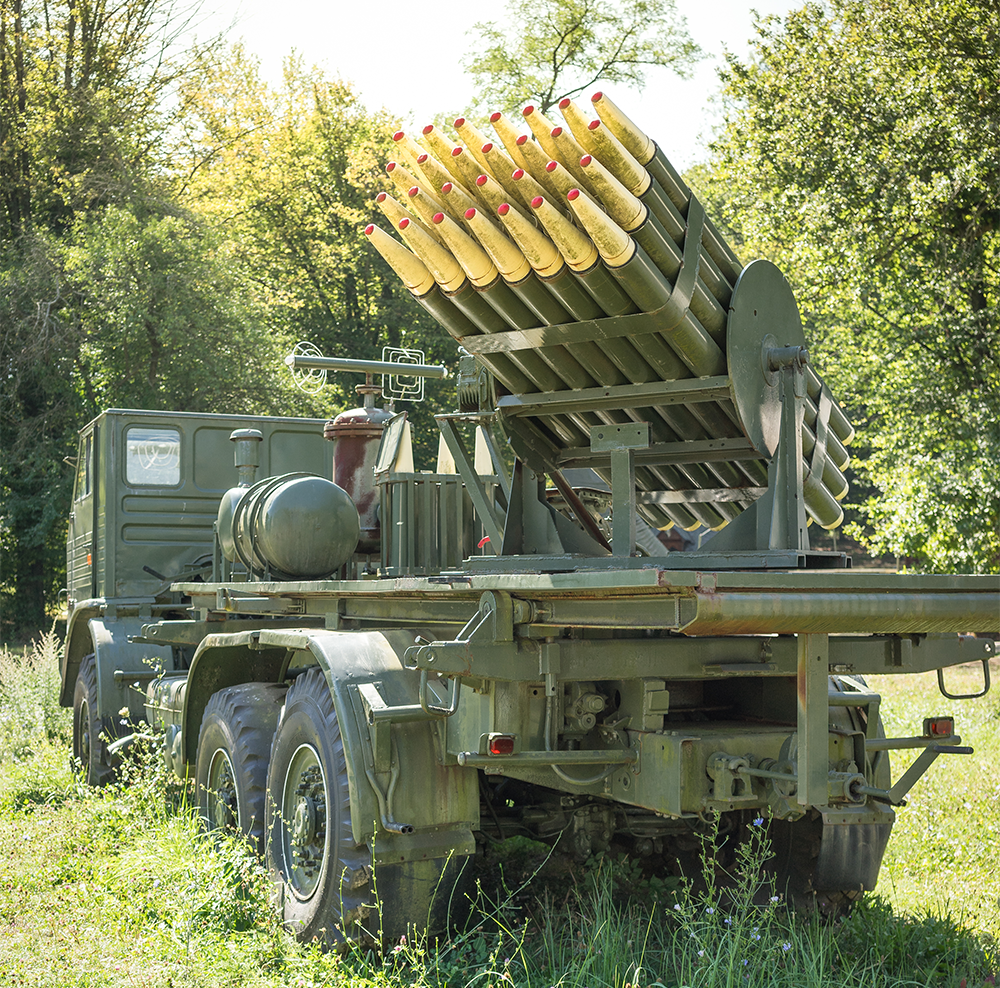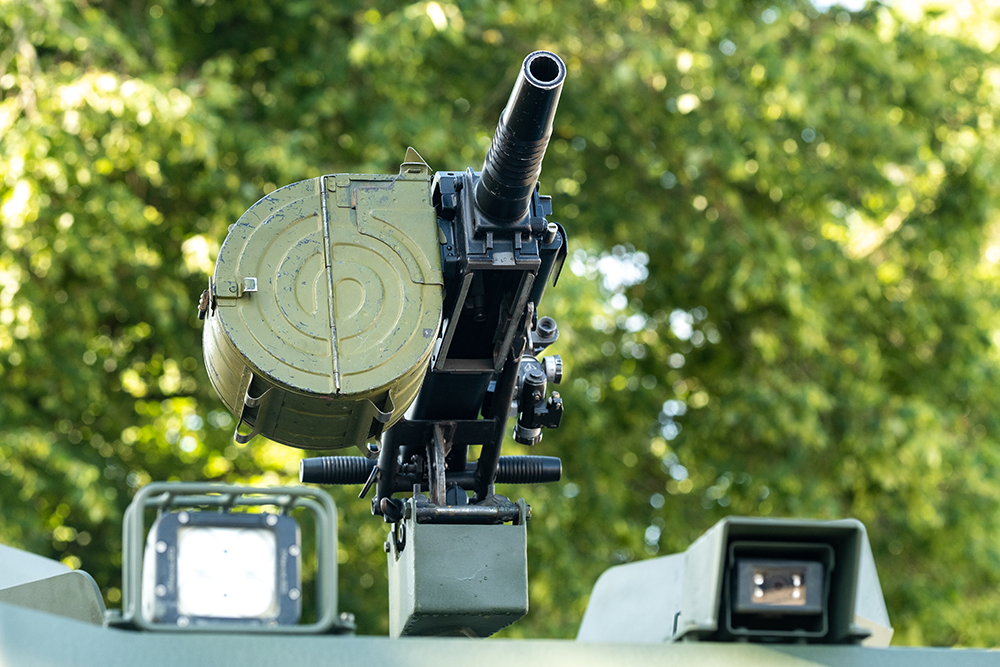What Is an Air Defense System? Scope and Purpose
An air defense system is the sensor–command and control–effector chain established to protect a country’s or facility’s airspace against aircraft, helicopters, cruise missiles, rocket/artillery/mortar (RTH) munitions, and especially low-signature threats such as UAV/UCAVs. The goal is to provide early detection, accurate identification, rapid engagement, and sustainable protection.
A single platform is generally not sufficient, because threats appear at different altitudes and ranges and vary in flight profiles and speeds. Therefore, the air defense system approach is layered: complementary layers operate together from short to long range and from low to high altitude. The right architecture also prevents using an overly costly effector on a single target; cost-effectiveness is preserved by matching the effector to the threat.


Layered Air Defense Architecture (Layered Air Defense Approach)
Layered air defense is the coordination of systems operating at different range and altitude bands within a network-centric structure. The Common Operating Picture is generated through sensor fusion, and rules of engagement (ROE) are applied in C2 software.
Main Layers and Components
- Sensors: 3D radars, passive radars, electro-optical/IR systems, acoustic/ESM sensors.
- C2 (Command and Control): Target tracking, threat prioritization, fire allocation, ROE management.
- Effectors: Surface-to-air missiles (SAM), close-in air defense guns, hybrid solutions (gun + missile), drone defense systems (RF jamming, cyber/kinetic).
- Network and data links: Seamless, low-latency communication between platforms.
- Logistics and training: Spare parts, maintenance, simulation, and crew proficiency.
In this architecture, the principle of “the right layer for the right threat” is fundamental. Engaging a short-range, low-altitude mini-UAV with a long-range missile is both unnecessarily costly and unsustainable.
SHORAD: Tactics and Platforms for Low-Altitude Air Defense
At low altitude—especially around cities, bases, and critical facilities—the short-range air defense (SHORAD) layer is the first point of contact in the modern threat picture.
Typical Threats and Engagement Envelope (UAV/Rocket/Artillery/Mortar)
The SHORAD layer provides rapid reaction against micro/mini UAVs, kamikaze drones, cruise missiles, low-flying helicopters, and RTH threats. Its engagement envelope is short range and low altitude; response time can drop to the order of seconds. Therefore, the detect–identify–engage loop should be as automated as possible.
Fire Units and Effectors (MANPADS, Short-Range SAM, Gun/Hybrid)
- MANPADS and short-range SAM: Low cost, mobile, rapidly deployable; effective against helicopters and low-approach targets.
- Close-in air defense guns (CIWS land versions): High rates of fire against RTH and mini-UAV targets.
- Hybrid solutions (gun + missile): Provide flexibility; increase resilience to short-duration saturation attacks.
- Counter-UAV effectors: RF jamming, GNSS denial, directed-energy solutions, and “drone-on-drone” tactics complete the low-altitude air defense mission.
SHORAD plays the “last shield” role around critical facilities and in urban defense; proper sensor fusion and automation significantly increase engagement speed and hit probability.
MRAD and LRAD: Complementarity at Medium and Long Range
Beyond short range, medium-range (MRAD) and long-range (LRAD) layers are used to push threats back in the early phase before they approach. This reduces the load on inner layers and increases resilience to saturation attacks.
MRAD’s Role (Medium-Range Corridor)
MRAD typically covers the medium-altitude/medium-range corridor against cruise missiles and fixed-wing platforms. The main objective is to relieve SHORAD and create “engagement depth.” MRAD systems feature high-probability seekers, advanced data links, and architectures compatible with network-centric operations. Procurement considerations include seekers for different target types, multi-target engagement, and maintenance/overhaul costs.
LRAD’s Role (Early Detection, Deep Defense)
LRAD patrols at high altitude and long range, aiming to cut the threat chain “at the source” through early detection and kill. It is decisive in protecting large geographic areas, air corridors, and strategic infrastructure. The LRAD layer operates in coordination with long-range radars and may include effectors specialized for ballistic and quasi-ballistic target profiles. The right LRAD investment raises deterrence in the overall air defense system and makes adversary attack plans cost-prohibitive.
Integration of Drone Defense Systems and Counter-UAS Solutions
In the current threat environment, mini/micro UAVs stand out with saturation and swarm tactics. An effective air defense system should complement classic SAM/gun layers with drone defense systems. The essence of integration is to combine the detect–identify–decide–engage loop on a single C2 display and assign the most appropriate (lowest-cost) solution to each target.
Detection and Identification
- RF spectrum monitoring (detecting command and telemetry)
- Short-range radars with micro-Doppler capability
- Visual confirmation and classification with EO/IR cameras
- Tracking low-signature targets with acoustic sensors
Mitigation Options
- Non-kinetic: RF jamming, GNSS denial, cyber takeover/forced landing
- Kinetic: Close-in air defense guns, short-range missiles, net gun, “drone-on-drone” interception
- Tactics: Geofencing; multi-sensor/multi-effector overlap in critical areas
This approach balances the load on the SHORAD layer and provides cost-effective, sustainable protection.

Command and Control (C2), Radar and EO/IR Sensor Fusion
Fusing tracks from different sensors reduces false alarms, correctly identifies the target, and routes it to the appropriate layer. C2 software automates track fusion, threat prioritization, fire allocation, and ROE management.
- Common Operating Picture (COP): All layers operate from a single picture.
- Data link and integration: Early warning from MRAD/LRAD radars prepares SHORAD and drone defense systems.
- Time sensitivity: Millisecond-to-second-level latency management is critical, especially against low-altitude threats.
- Supervised automation: Semi-autonomous engagement with operator approval; the right balance between safety and speed.
Deployment Scenarios: Critical Facility, Urban and Border Security
- Energy facilities and refineries: SHORAD + close-in guns for 360° coverage; drone defense systems with RF/EO/IR on the perimeter; early-warning feed from MRAD.
- Airports and ports: Intensified RF/EO/IR detection against low-signature UAVs; instead of broad jamming over runways/piers, limited regional mitigation aligned with civil operations.
- Critical buildings in urban areas: Reducing blind spots with multi-path radar; EO/IR confirmation for low-reflectivity surfaces; hybrid SHORAD (gun + missile) and mobile deployment.
- Border areas and wide regions: Early engagement with LRAD/MRAD; closing gaps with SHORAD patrols; tracking low-RCS targets using acoustic sensors and passive radars.
- Temporary sites/events: Modular, containerized SHORAD; portable RF jammers; rapid setup/teardown times.
Procurement and Modernization Criteria (Cost, Sustainability, Training)
Selecting the right system requires a life-cycle perspective beyond technical performance:
- Total cost of ownership (TCO): Effector unit cost, maintenance/overhaul, software licenses
- Modularity and scalability: Ability to add layers as the threat grows
- Open architecture and integration: Compatibility with existing radar/C2 networks, standard data protocols
- Cyber resilience: Cyber hardening, authorization, and logging for C2 and data links
- Logistic footprint: Access to spare parts, ease of field maintenance
- Training and simulation: Operator training, tactical repetition with virtual/mixed simulation
- Localization/capital retention: Share of local subsystems, long-term support and modernization roadmap
Conclusion and Call to Action
An air defense system that correctly structures SHORAD–MRAD–LRAD layers provides resilient, cost-effective, and sustainable protection against saturation attacks. Integration of drone defense systems and C2-centric sensor fusion shortens reaction time while increasing effectiveness.
As Arrow Defence, we can analyze your facility, urban, or border security scenario and propose the optimum layer combination. Contact us for a needs assessment and demo

